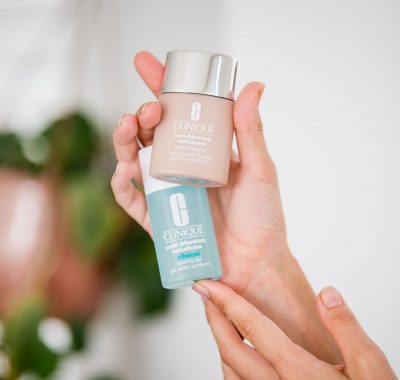WE ARE LEADERS
LEADERS GROUP has developed solutions to fully monetize the influencer marketing ecosystem by identifying the latest trends.
Trusted by the world’s finest



THE NEXT GENERATION OF 360° ADVERTISING
ROI
Social Media Management AND Content Creation
Influencers
Paid media
Earned and Owned Media

SOCIAL CONTENT CREATION
In-house content studios and a highly specialized team of Photographers, Videographers, Art Directors, and Stylists focused on the production of social content and brand campaigns.
Learn more

Expertise
10+ years of experience. 1200+ campaigns. We’ve been around the global block, collaborating with household names to reimagine the influencer marketing landscape
Learn more












































